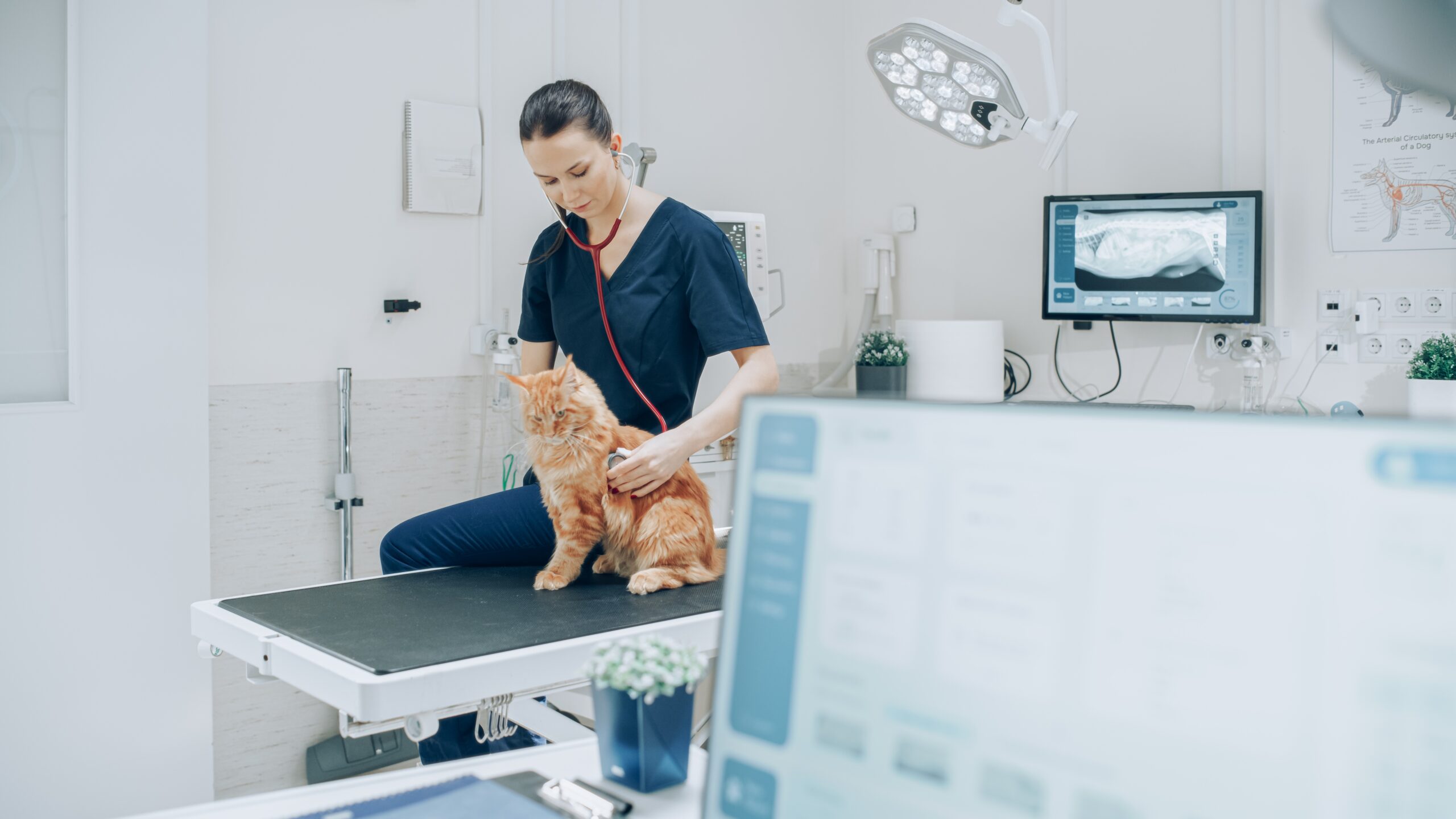The importance of patient safety in high acuity care facilities, such as emergency departments, cannot be overstated, as medical errors and adverse events can result in serious harm to patients and their families, as well as significant financial costs for healthcare facilities. Therefore, it is essential to understand the risks associated with high-acuity care, the impact of medical errors on patients and healthcare facilities, and strategies for improving patient safety in these settings.
In this guide, we are going to highlight some of the common risks in high acuity care facilities as well as some potential strategies to navigate them. First, let’s dive deeper on the importance of patient safety in these environments.
Why Patient Safety Should Take Priority in High Acuity Care Environments
Patient safety is critical in high acuity care facilities because medical errors and adverse events can have severe consequences for patients and healthcare facilities. The impact of medical errors on patients and their families can be devastating, leading to long-term physical and emotional consequences, decreased quality of life, and increased healthcare costs.
For healthcare facilities, medical errors can result in lawsuits, fines, and damage to their reputation. These risks can also increase operating costs and place greater strain on resources as a result.
Common Risks in High Acuity Care Facilities
The risks associated with high acuity care are numerous and can result in serious harm to patients. These risks include medication errors, surgical errors, infections, falls, and other adverse events. The complexity of medical conditions and treatments in high acuity care facilities makes these environments particularly vulnerable to medical errors.
For example, medication errors can occur due to the mishandling of high-risk medications, such as chemotherapy drugs or anticoagulants. The risk of medication errors is higher in high acuity care facilities as patients may require multiple medications and complex dosing regimens.
Surgical errors can also happen due to the complexity of surgical procedures and the need for precise coordination between surgical teams. Without a single point of communication, surgeons may not have a reliable record of which procedures have already been performed on a specific patient.
As a final example, infections can spread rapidly in high acuity care facilities due to the high volume of patients with weakened immune systems. Without proper coordination between staff and external providers, this risk can increase exponentially.
Strategies for Improving Patient Safety in Emergency Departments
There are several strategies that healthcare facilities can implement to improve patient safety in emergency department settings. The following are some strategies that have been shown to be effective:
Implement Safety Protocols and Standards
Safety protocols can include the use of checklists, the standardization of medication orders, and the use of patient safety rounds to identify potential risks. Protocols and standards provide healthcare professionals with an objective, transparent, and systematic approach to care that helps reduce the risk of medical errors.
Staff Training and Education
Staff training and education can help improve patient safety by ensuring that healthcare professionals are knowledgeable and skilled in managing complex medical conditions. Staff training can include ongoing education and training programs, simulations, and mentorship programs.
Use of Technology and Automation
The use of technology and automation can help reduce the risk of medical errors by providing real-time data on patient conditions and treatments. For example, an online referral system can assist external providers and internal departments with maintaining a more accurate continuity of care between facilities. By uploading necessary documentation in a secure environment, the referring organization can provide a complete record of medications, surgical procedures, and other aspects of treatment to avoid unnecessary duplication.
Improving Communication
Communication is essential in high-acuity care settings to ensure that healthcare professionals work collaboratively to provide the best possible care for patients. Improving communication can include implementing a standardized handoff process, promoting interprofessional collaboration, and providing opportunities for staff to debrief and discuss patient care.
Beyond internal operations, having a digital solution in place for external providers to access can also prove instrumental in patient treatment. For example, if a primary care provider can access information during their patient’s stay in your emergency department, they can better prepare to continue treating them once they have been discharged.
Patient and Family Engagement
Engaging patients and families can include providing education and support, involving them in care planning, and encouraging them to ask questions and provide feedback. Keeping patients and their loved ones updated on the latest developments in their treatment can help increase confidence in your organization and allow for more collaborative decision-making regarding care options.
Elevate Your High Acuity Operations with ER Express
At ER Express, we develop innovative solutions for high acuity care environments like emergency departments to streamline their communication and workflow operations, resulting in better collaboration and improved patient experience. To learn more, request a demo with us today.




